If I may, I’d like to begin by wading into unexpected waters. In mathematics, a combination is the term for a calculation to find the number of ways to choose a certain sized sample from a larger group. If you had three unique objects and you wanted to choose two of them, there are three possible ways to accomplish the goal. If you had ten objects and you wanted to choose four, the possibilities jump to 210.
If you had 243 unique objects, and you wanted to choose 70, you would find an astronomical figure. A vigintillion, in fact. 1.3 x 10^62 to be exact. That’s a number that lingers somewhere between the utterly incomprehensible octillion and the even more impenetrable googol. I’m not sure who first coined the term astronomical for numbers beyond the scope of human understanding, but they were on to something. It’s hard enough to fathom one million of anything, let alone more—the scope reaches cosmic proportions.
But I suppose you didn’t come here for math. You came here for murder.
Awkward Guests was designed by Ron Gonzalo García and developed by the team at Megacorpin Games. Building on the tradition of classic whodunnit games like Clue and Mystery of the Abbey, Awkward Guests utilizes a deck of cards, a map, and a series of inquiries to unearth the who, the why, and the how in the matter of the death of the despicable Mr. Walton.
In building on the tradition, however, Awkward Guests turns the process inside out. Rather than burying cards that feature the solution and gradually unearthing the truth by a process of elimination, Awkward Guests has developed a unique system of evidence cards that reveals a story, leaving but one possible solution.
The Flying Stars
Awkward Guests uses what is called the Brilliant Deck System to create each game scenario. The box includes 243 evidence cards, 70 of which are utilized in each play. With an incomprehensible vigintillion of combinations available, there are more than a few scenarios to be played.
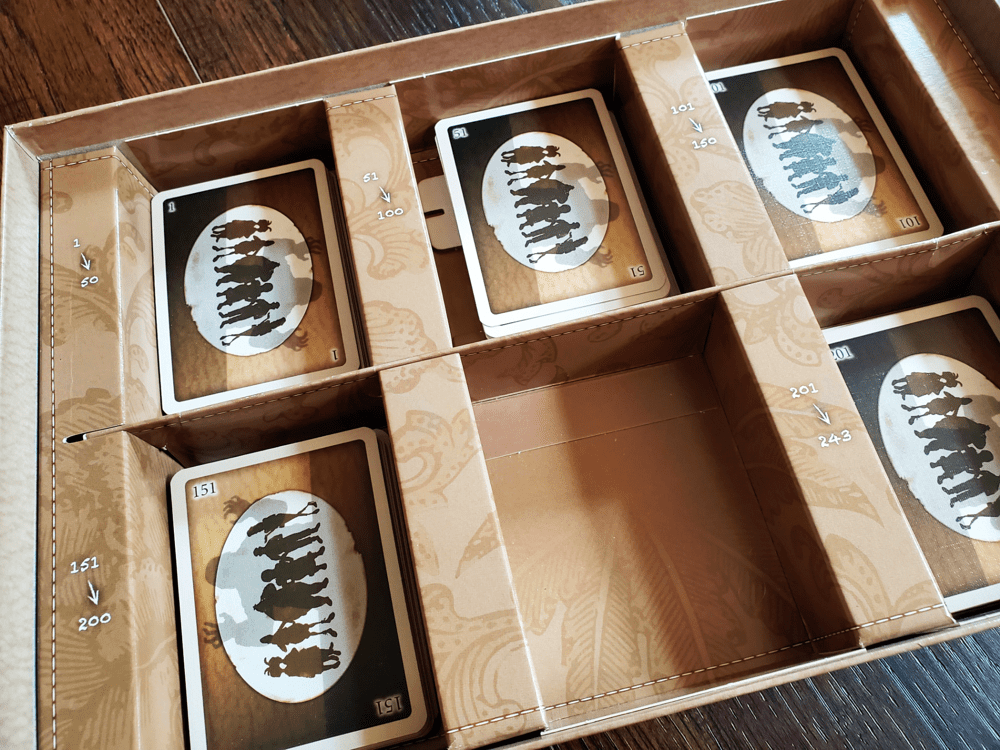
There are two ways to manage the evidence deck. For the old school hearts, the rulebook contains a number of scenarios, each with a list of necessary cards and a solution. Admittedly, there are enough printed cases to keep anyone busy for some time. The real drawback to this system is that an incorrect guess at the solution requires looking at the answer, thus eliminating the player from the game.
In keeping with the times, the same information is also available via a free app. The app is exceptionally intuitive and boasts whimsical detective-y woodwind music during setup. In the long run, the high-tech method allows for more cases without the necessity of further print. Most importantly, because the app does not reveal the solution to the player unless they are correct, the game can continue with full participation, even after a faulty deduction. Rather than elimination, the player simply cannot venture a guess in the following round—a consequence severe enough to discourage haphazard frivolity.
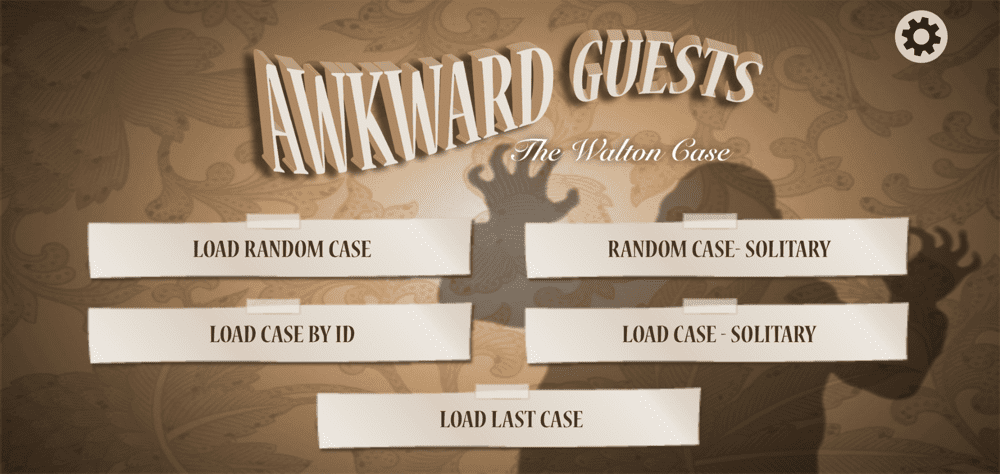
The game itself is still entirely in the cards. The app is hardly present until the very end, a feature which warms my admittedly snooty put-the-phone-down-during-that-board-game heart. I can get behind this sort of digital inclusion.
The one exception is the solo game. Though the experience involves rooting through the numbered cards to obtain the proper evidence, every step is guided on screen. This creates a far different experience than the multi-player outing, but one that nevertheless allows the Brilliant Deck System to shine.
The Three Tools of Death
Mr. Walton was killed in the Study. The questions are why, how, by whom, and in the more advanced versions, with whose help?
Once the method of solution is chosen, every player is given an oddly informative Shield and a Tracking sheet to go with their Detective Token and a hand of six cards. I say oddly informative because the information is neither cut nor dry, but rather takes the form of the evidence in the game. It tells a bit of a story about the different sorts of cards and evidence in the game. It is helpful, but my aging eyes almost require a flashlight to see some of the words due to the sepia tones and the fact that it stands vertical during the game.
Play is rather simple. On each player’s turn, they will request evidence linked either to one of the six suspects or one of the ten rooms in the Walton house. To avoid the constant repetition of “What are you looking for again?” the request is made by placing arrows on the image on the back of the rulebook for all to see.

If players have and wish to share any cards pertaining to the requested info, they set them face down and mark them with a token indicating the Information Value contained therein. Each card has an Information Value of one, two, or three. In order to obtain the evidence presented, the investigating player must give cards in return of equal or greater Information Value. After a few rounds, players learn what sort of evidence comes with the varied Values, adding another layer of intuition to the exchange of information.
If at any time an investigator’s request yields no offers, that player receives three previously unseen cards from the top of the deck—an exceptional reward. This little detail creates enough incentive to trade that the game never reaches a standstill.
Play rotates until every player has investigated one time. At this point, players take their Detective Tokens in hand and turn them either to the light side, indicating they are ready to venture a guess, or the dark side, indicating they are still quite lost. If a player or players guess correctly at any time, they win and the game ends.

If no one guesses correctly, players discard down to three total cards (or less if trades have made it so) before every hand is dealt back up to six cards for another round. If the deck runs out, it is reshuffled for recirculation, at which point three cards are revealed as public information before the next round begins—a solid snowballing mechanism if you ask me!
The Duel of Doctor Hirsch
The two-player experience is worth detailing because it is unique in certain respects. Play is mostly the same, but each player’s investigation involves four requests rather than two. Also, after each player’s investigation, the evidence exchanged is immediately discarded. Rounds are lightning fast and the game feels much more like a sprint.
The effects of these changes are instantly obvious. The possibility of redundant information is drastically reduced, as players cannot reduce one another into a muddy trap of repetitive card trades. The only duplicate data here is that supplied by the Brilliant Deck System.
The other strategic element introduced by the matter of the discard is the possibility of forcing the opposing player into a situation that earns new cards from the top of the deck without a trade. If the first trade involves a large quantity of cards, the second player may not be able to fulfill the subsequent request, opening the door to a hit from the deck. Such a play allows the investigator to potentially discard information without ever giving the opponent a chance to see it.
The Eye of Apollo
As I mentioned above, the deck in Awkward Guests features information of a different sort than the classic whodunnit fare.
Each of the six suspects has three possible motives that fit under one of six categories. Each of those motives can come to light by the testimony of other suspects or by the discovery of key evidence. At times, the cards might feature one suspect ratting out another. At other times, the cards might feature the testimony of police, eliminating certain specific motives or whole categories of motives. The Tracker sheet is equipped to handle this information.

There are twenty weapons in the game that fall under five categories. In addition, each of the weapons leaves behind two of ten Signs. Throughout the game, evidence will rise to the surface regarding the nature of Mr. Walton’s injury that will point towards or away from certain instruments.
The map features ten rooms. Throughout the game, Mr. Walton’s servants will provide information regarding the whereabouts of the suspects and the available paths through the house. Four of the rooms act as starting locations for the murderer. Suspects will tip you off as to their starting locations. In the end, the innocent remained in their locations at the time of the murder, while the guilty party set off through the house to gather a weapon and perpetrate their crime. The trick is in retracing the murderer’s steps.
In the matter of witness testimony, the police and the staff are entirely reliable—less so with the suspects. Of course, the murderer will claim to have remained still at the time of Mr. Walton’s demise, leaving players to distinguish truth from lies. If the murderer had an accomplice, the accomplice will lie to establish an alibi for the murderer, adding another wrinkle to the case.
As the game progresses, the Tracker sheet is increasingly littered with notes and markings until the truth comes to light—or at least enough truth to make a solid guess. In most of our plays, the winner reconstructed a pretty solid view of the crime before submitting a solution. One of my favorite parts of the game is sitting over the collected evidence after the game’s conclusion to see just how clear the crime could have been had the right cards been shared.
The Blue Cross
There’s no doubt Awkward Guests is a treasure, though the game itself was an awkward guest of sorts at first. There is a slight learning curve to the style in which the evidence is provided. Nearly all the cards give a hint as to how to mark the details on the Tracker sheet. But several times, family and friends alike weren’t sure what to do with a particular piece of evidence that gave no such indication. “Claudette claims she was with Mortimer at the time of the murder.” There’s no box for that. Learning how to utilize the map can also take a few rounds. A well-used Tracker sheet would be an excellent teaching tool. We had no such luxury!
I was underwhelmed by our first play. I believe there were two reasons. First, we chose an Easy case. There are seven difficulty levels, of which Easy is the third. The lower level cases feature an abundance of straightforward and often redundant information. Specific weapons will be eliminated. Categories of weapons will be eliminated. Signs will be eliminated. The process is less about interpreting veiled information and more about waiting for specific information.
Second, our first game also included seven players. This is fine as the game scales fairly well, but with so many guarded players, we were passing the same redundant cards around the table throughout each round, making the process even more tedious.
But I share this story to encourage you. Persist, dear friends, persist!! Learn the system, preferably in small batches of players, then move along, because the more difficult cases are far more engaging. In fact, I would argue that Awkward Guests only gets better as the cases grow more complicated. The information becomes less redundant and begs more interpretation, which means spending downtime poring over the map to see if you can reconstruct the crime well enough to venture a guess. We quickly moved from Easy to Medium to Hard, the fifth level of seven, and found that the cases were instantly more engaging. The possibility of an accomplice arrives at Medium, making every case more juicy as the suspicions of misdirection rise. The game lives up to its potential in the tricky cases.
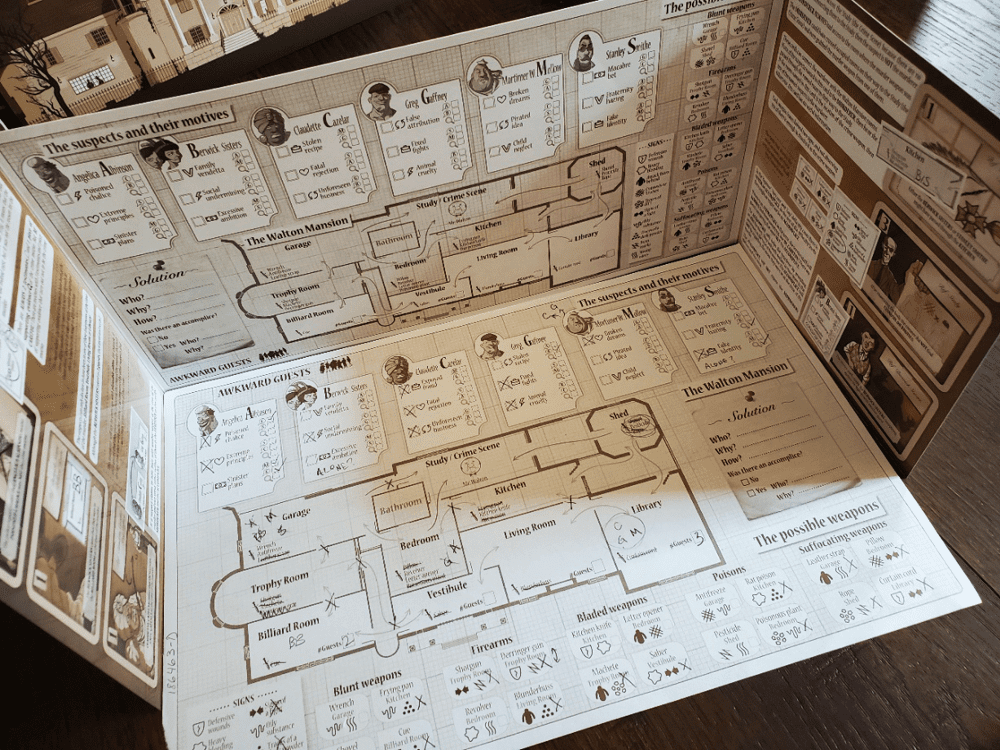
As for the aesthetics, I love the overplayed sepia tones and the quirky illustration style. I’m that sort of person. I love black and white movies. I love Holmes, Dupin, Father Brown, Lord Peter Wimsey, and Poirot. I love Clue, the movie. I feel like this game captures something of the quirky possibilities that come with the genre. It is weird and altogether wonderful.
Pulling and replacing the cards for each of the game’s scenarios will take time. Now that I’ve got a system down, I can set up a new game in less than five minutes and I can have the cards back in order in about the same time. I won’t say the process isn’t tedious, but neither will I say it’s not worthwhile.
I’ll offer one gripe—but it is one that will be remedied when the game’s Tracker pad runs out—is that the shields do not cover the entire sheet, leaving a sliver of the weapons portion hanging out. At higher player counts, when inquisitive souls are crowded about the table, this invites prying eyes. I’d rather it didn’t. Among the reprint sheets offered by Megacorpin, though, are narrower sheets that better sit under the umbrella of protection. I’d imagine I’ll pay for a few top-notch laminated prints of this alternate layout just to keep the evidence in the shadows.
Overall, Megacorpin has created a beautiful system around Awkward Guests. The game’s dedicated website is supremely helpful and full of resources. The app is intuitive and thoughtfully designed. The game itself is a good time that only gets better with deeper plays.
I’ve done the math and I have to say I’m impressed.


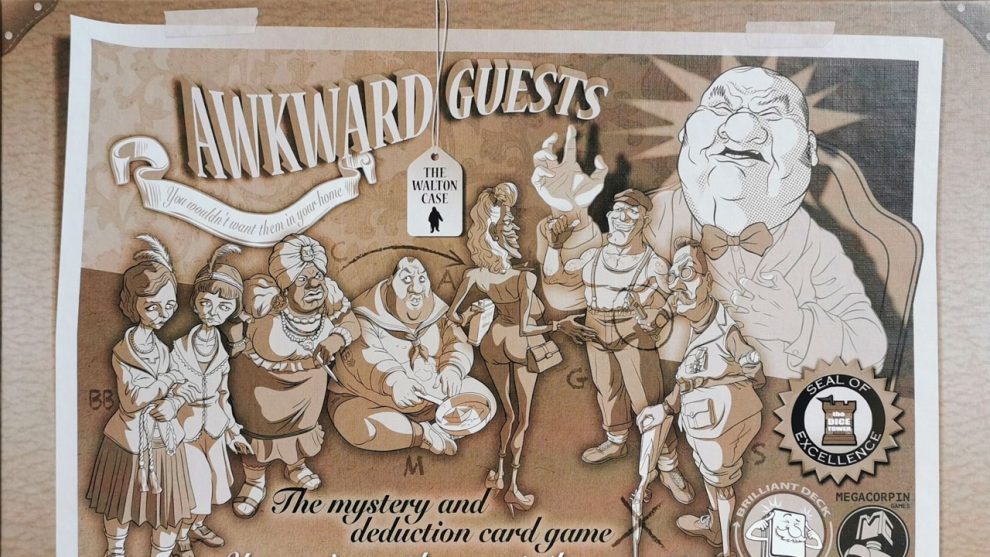

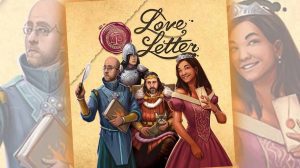


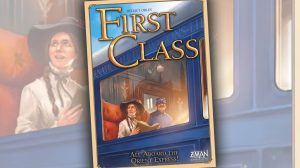




Add Comment